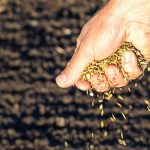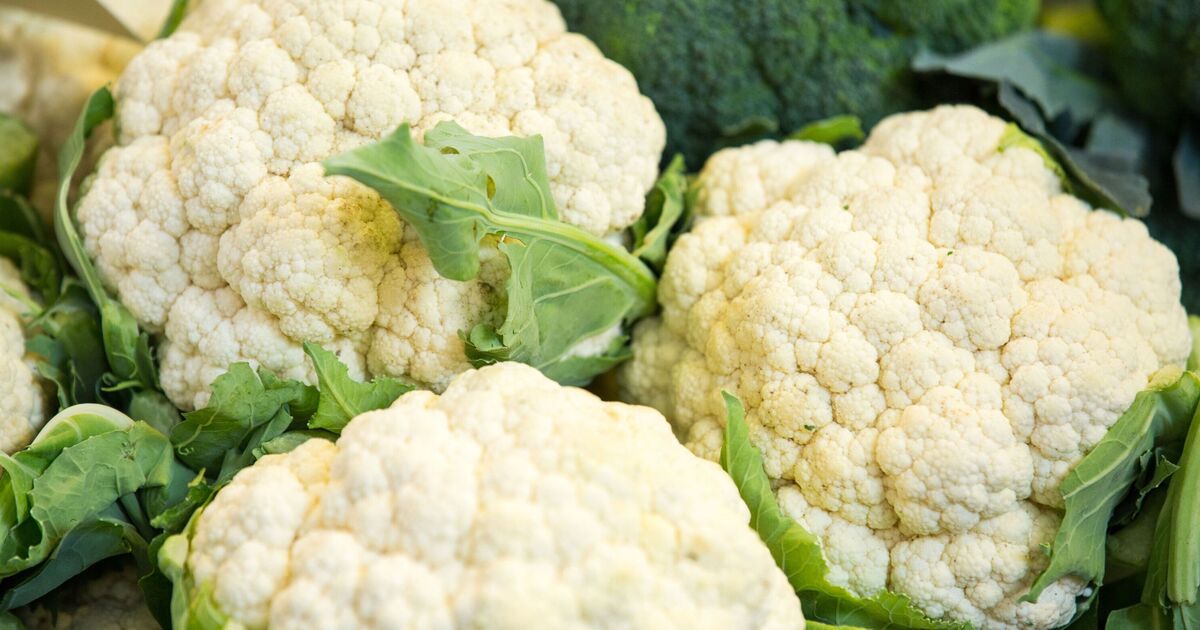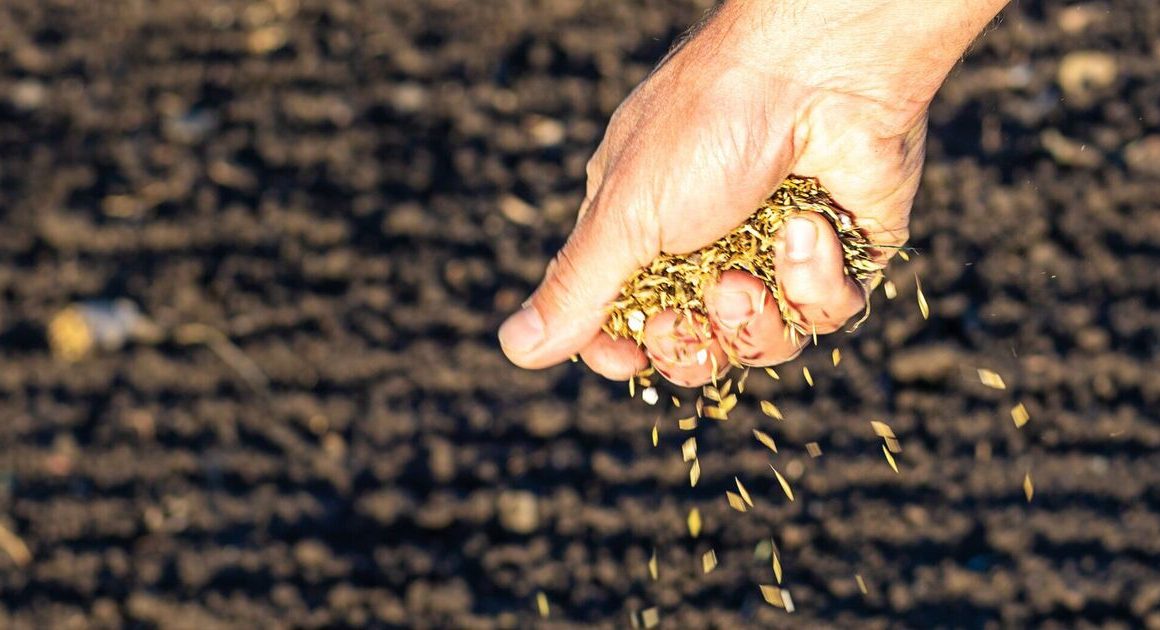We live in an incredible age where every fruit and vegetable from every corner in the world is available 24 hours a day, nearly 365 days a year.
But one gardening charity is urging shoppers to only buy vegetables in season this February, avoiding ones which aren’t grown here in the UK at this time of year, in a bid to cut food miles and reduce plastic packaging.
While fresh tomatoes and strawberries are a healthy indulgence in February, they’re often flown for thousands of miles on carbon intensive air freight, or grown in hothouses which are also carbon intensive.
But the RHS says that there are 7 key vegetables you can grow or buy in supermarkets guilt-free in February because they’re native to the UK even at this freezing time of year.
The RHS says: “Growing your own fruit and vegetables or even just buying seasonal food is a great way to help the environment.
“It reduces food miles and the need for plastic packaging, both of which contribute to climate change. From January to December discover what to harvest, plant and buy each month with our guide to seasonal food.
“February can feel like winter has gone on too long – cheer yourself up with hearty, warming stews made from tasty root veg. Or, if you grow your own veg, start to prepare for spring by planning your veg patch and ordering your seeds.”
It says the vegetables to harvest or buy in February are: Brussel sprouts; Cauliflower;
Kale; Leeks; Parsnips; Purple sprouting broccoli; Savoy cabbage.
In March, forced rhubarb is added to the list, too.
But what exactlty are air miles and why are the so bad?
According to BBC Good Food: “If you’re regularly eating high-value, perishable products – like out-of-season berries – they’ve likely travelled a long way to reach the UK. But it’s important to look at how they were transported, not just how far.
“If they were air-freighted, they’ll have a higher carbon footprint due to the environmental impact of planes. But if they arrived by boat, their footprint will be a lot lower because sailing has a much smaller carbon impact than flying.”
It’s not just the distance though, but also how they’re grown. For example, tomatoes grown in the UK at this time of year will be put in hot houses, which are very energy intensive, making them worse than flying them in.
As Good Food adds: “ UK tomatoes grown in heated greenhouses in winter have a higher carbon footprint than tomatoes imported from warmer countries, like Spain. Even when you add in the food miles, buying tomatoes from abroad is still better for the planet (although buying UK tomatoes while in season is best of all)”
This is why the RHS lists the in-season fruit and veg for those who want to cut their carbon footprint when shopping at the supermarket.











